The content of the article
Arugula is a plant aphrodisiac and green doctor that protects against thyroid and prostate diseases, normalizes hemoglobin levels and removes swelling. Leaves with a spicy nutty mustard aroma turn ordinary salads and soups into works of culinary art. It is better to grow the spice on the windowsill, because in the garden it is attacked by a cruciferous flea that can destroy the entire crop in a matter of hours.
Selection of planting material
Arugula is sold in stores for summer residents. Seeds are processed before packaging in bags, so they do not need to be disinfected and dressed. Harvest ripens in 25-30 days, if you select early varieties. Mid-season varieties are ready for use after 35 days. It is recommended to plant arugula in boxes or pots at intervals, so that there is always fresh greens in the house.
Seasoning lovers can filter out empty shells by immersing the seeds for planting in saline. The precipitate is used to grow the plant, and the material floating on the surface is poured into the sink along with water.
Soil preparation
Some experienced summer residents recommend buying land in specialized stores. Soil should be intended for growing seedlings, not indoor flowers. This variety is enriched in phosphorus and nitrogenous components, so arugula will be strong, and the crop will be rich.
An ordinary chernozem from the garden, on which pumpkin or bean cultures grew, is also suitable. The plant loves slightly alkaline, and preferably neutral soil. Dies if there are peat impurities in the base.
A homemade option made from turf land, humus and sand is suitable. The first and second components in equal proportions, the third will need less. The main thing is that the soil turn out friable and loose.
Arugula needs to be protected from fungus and pests by calcining the ground in the oven. Half an hour at the highest possible temperature. An alternative is boiling water or a solution of potassium permanganate, with which the earth is poured. After disinfection, the base is insisted for 1-2 weeks, so that beneficial microorganisms appear in it.
What to use boxes
Arugula is unpretentious, takes root in almost any capacity. Suitable wooden boxes, plastic containers or flower pots, you can turn into a mini-garden packages of milk. The height of the sides should be at least 12 cm. The openings below are mandatory, through which excess moisture will leave, and air will flow to the roots.
Boxes are placed on supports or trays so as not to stain the windowsill. The width of the container depends on the size of the window on which the seasoning will grow. Pots are moved to the glass so that the plant receives a lot of sun.
Important: You can not plant arugula in peat pots or tablets, because in acidic soil it dies.
Preparation and disembarkation
It is recommended to start planting seeds in March, when there are more sunny days. In winter, without additional illumination, the plant slowly grows, stretches upward, weakens and quickly withers.
Do not do without a drainage layer. Crushed brick is useful, you can pick up small pebbles or rub a piece of polystyrene. Pour broken clay dishes or coarse sand into a pot. What should be the thickness of the drainage layer? About 1.5–2 cm plus 6–8 cm of soil, which is slightly tamped.
Seeds that have been in saline are washed and dried. Humidify the earth from the spray gun, you can make shallow holes or rows, but this is not necessary.3 cm backward from each seed so that the arugula has room for growth.
To pick up planting material with a wet match, put in the ground. When all the seeds are in the box, sprinkle with warm water from the spray gun. A watering can for flowers will not work, because it erodes the soil. Sprinkle on top with a centimeter layer of earth, gently crush it with a spatula, and close each box or pot with a plastic bag. Trash bags come in handy; glass can be used instead of a lid.
Arugula care before the first shoots
Seeds that are in the ground, the sun is not required. Tanks with arugula should be placed in a warm room without drafts, in which the temperature does not fall below +18 degrees, otherwise the seedlings will be weak.
The soil should remain moist. If it dries, it is slightly moistened with a spray bottle. Waterlogged land is ideal for the development of fungi, so the plant is watered moderately, preferably not more than once every two days.
Light and warm
After 5-7 days, the first tender sprouts that need the sun hatch. Remove the bags, leave the glass for another week, and transfer the boxes and pots to the south windowsill. It is in this part of the house most of the world. If the weather is gloomy, you should install a regular table lamp next to the arugula. There should be 60 cm between the plant and the lighting fixture so that the artificial rays do not dry the earth. You can increase the amount of watering if the land inside becomes dry. To determine the moisture content is simple: put your finger in the ground and try.
In winter, after sunset, the lamp is turned on for at least 4 hours so that the sprouts do not stretch. In the spring, daylight hours are 9–11 hours, so the light should work from 7 am to 5–6 pm.
Sprouts protect from drafts. They are dangerous for any plant, but arugula is very tender and sensitive. You can not open the windows on the windows where the miniature garden is located. A stable temperature in the room should be maintained so that the thermometer does not show less than +17.
Extra care
Seedlings aged 8-10 days are recommended to thin out by removing weak and stunted plants. They can be added to salads or soups, pruning the roots, and washing the leaves thoroughly. The remaining specimens are regularly watered from a syringe, a teaspoon or spray. The grown bushes normally tolerate +10 degrees and +25.
The nutrients contained in the soil are sufficient for the normal growth of arugula. The plant does not need to be additionally fertilized. If the seasoning seems to be developing poorly, you can use iron chelate. You should refrain from nitrates and organic fertilizers, because the plant quickly absorbs everything that is in the soil, and this gets into the gardener's plate.
Arugula matures a month later, sometimes earlier. Cut advised leaves with a height of 10 and more centimeters. Not all at once, but as needed, because the greens are not stored for a long time even in the refrigerator. It is necessary to have time to harvest until 45-50 days, when the plant begins to bloom. You can leave several bushes, and try to stock up on seeds yourself.
Tip: The house will always have fresh arugula, if planted in small batches, after 1-1.5 weeks.
There is nothing complicated in growing a popular plant. No need to fertilize, soak seeds or observe special temperature conditions. Rucola has enough ordinary earth and plenty of sun to make its leaves juicy and tasty. Even novice gardeners are able to plant on their windowsill a real garden with useful seasoning, which is used to prepare dishes in elite restaurants.
Video: useful properties of arugula

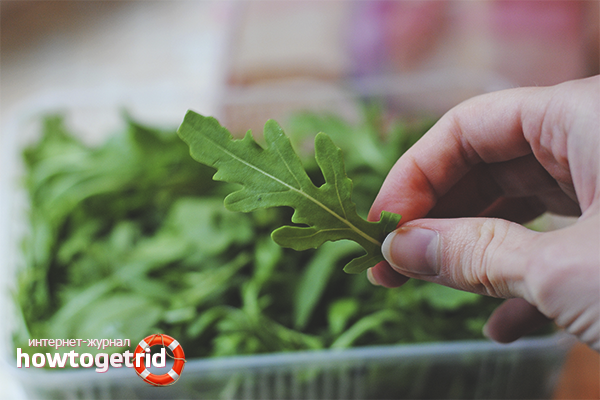
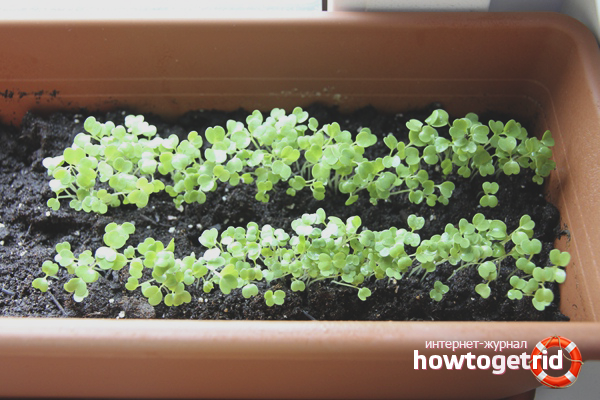
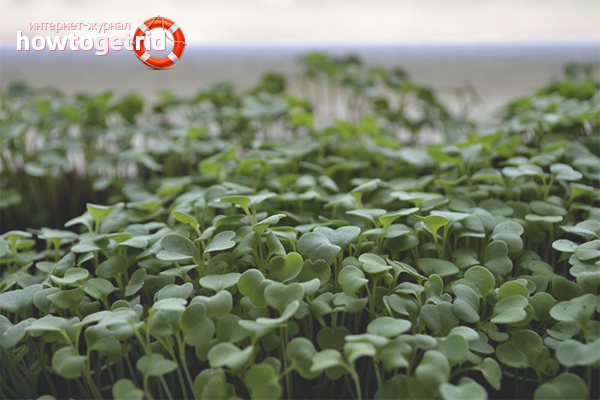
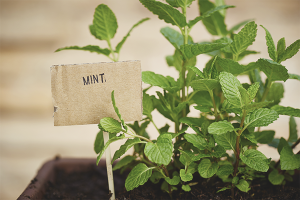
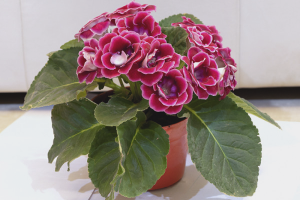
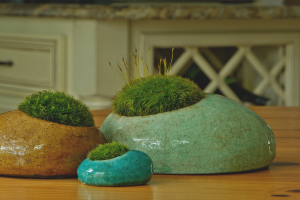
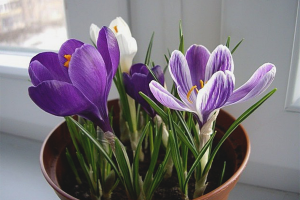

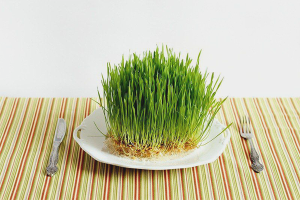
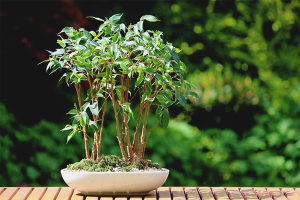
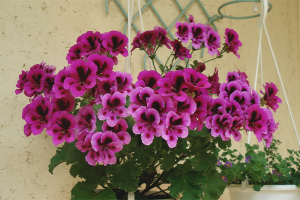
Submit